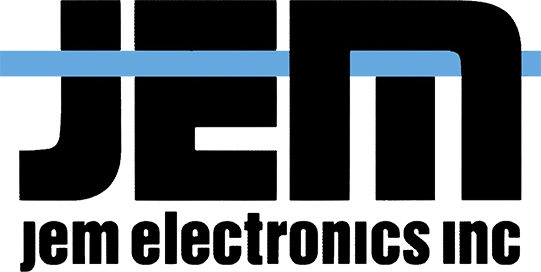Blog
The Ultimate Guide to Sourcing High-Quality Coaxial Cables for Your Business Needs
In an increasingly connected world, the demand for high-performance coaxial cable has surged across various industries. According to a recent market research report, the global coaxial cable market is projected to reach $XX billion by 2025, growing at a CAGR of XX%. This growth is driven by the need for reliable data transmission, particularly in telecommunications and broadcasting sectors. Coaxial cables are essential for ensuring optimal signal quality and minimizing interference, making them a critical component for businesses aiming to enhance their operational efficiency. As companies seek to invest in superior coaxial cable solutions, understanding the key factors in sourcing high-quality products becomes imperative. This guide aims to provide businesses with actionable insights and best practices for navigating the complexities of coaxial cable procurement, ensuring they meet their specific needs without compromising on quality.
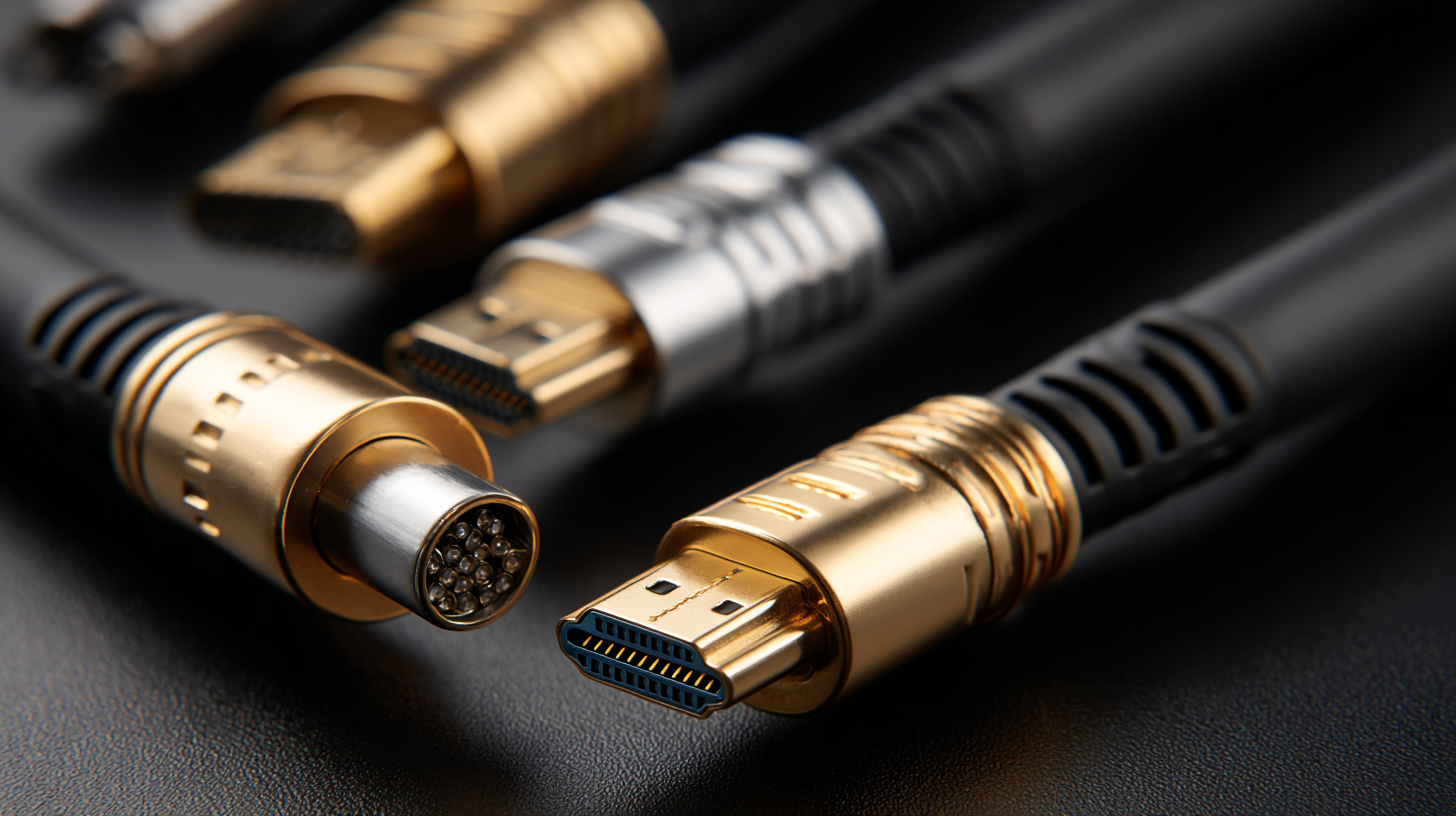
Understanding Coaxial Cable Basics: Types, Uses, and Specifications
When sourcing high-quality coaxial cables for your business, it’s crucial to understand the different types and their applications. Coaxial cables are classified into various categories, such as RG-6 and RG-59, each with distinct specifications suitable for varying purposes. For example, RG-6 cables are preferred for satellite and cable television due to their superior shielding and lower attenuation, whereas RG-59 may be used for shorter runs in video applications. According to a recent report by MarketsandMarkets, the global coaxial cable market is expected to grow from $2.4 billion in 2021 to $3.2 billion by 2026, signaling increased demand for these essential components across industries.
When selecting coaxial cables, consider the frequency range and maximum distance of your signal. For instance, a cable with higher bandwidth capabilities is essential for broadband internet connections and high-definition video transmission. TIP: Always check the cable's specifications against your equipment needs to ensure compatibility. Additionally, look for cables with solid copper cores rather than copper-clad aluminum, as solid copper generally provides better conductivity and durability.
Moreover, understanding cable connectors is equally important. BNC connectors are commonly used for professional video applications, while F connectors are standard in television and broadband networking. TIP: Invest in quality connectors to prevent signal loss and ensure optimal performance. Monitoring market trends and emerging technologies in coaxial cables can significantly enhance your business's operational efficiency and connectivity quality.
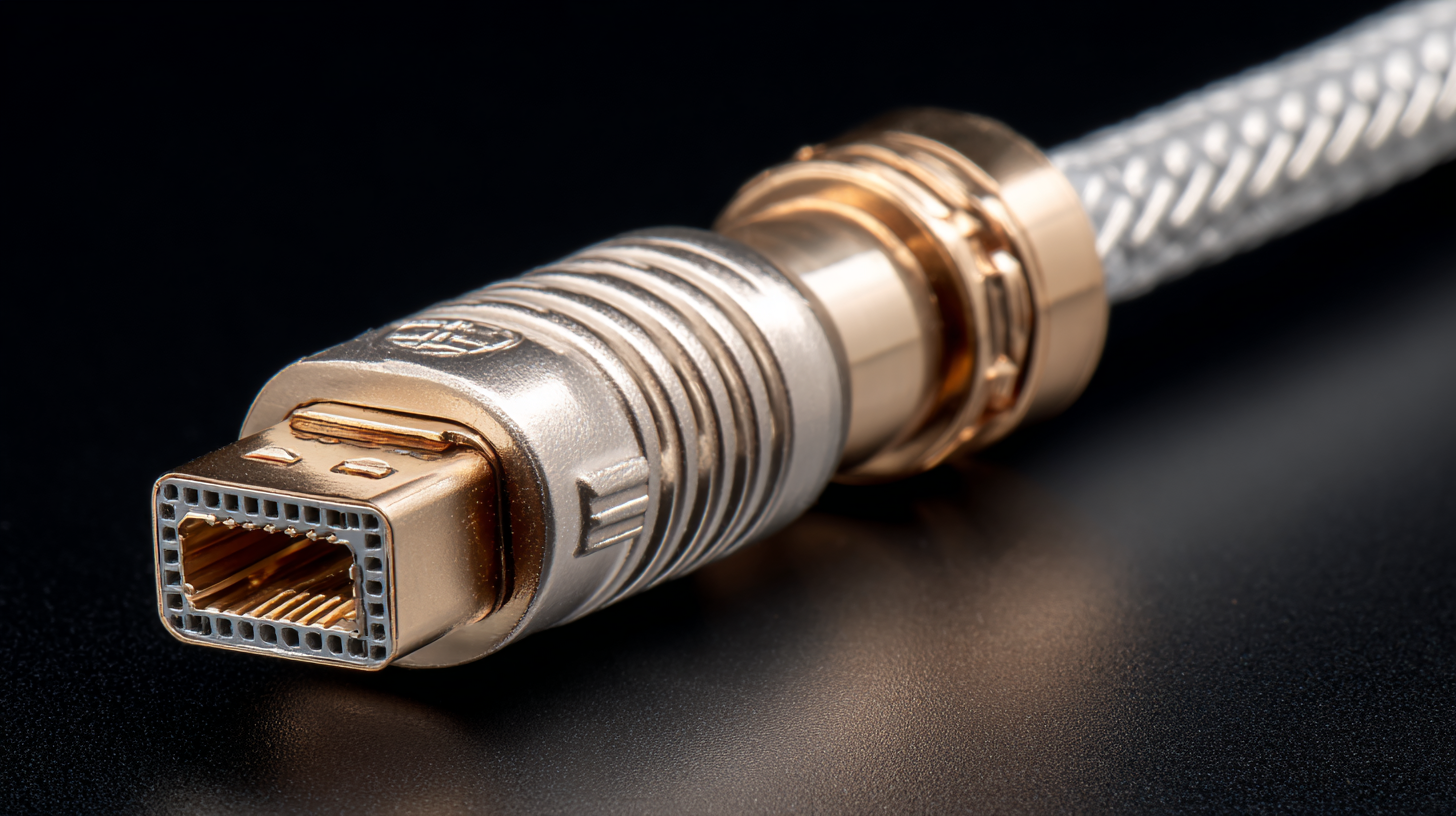
Key Factors for Evaluating Coaxial Cable Quality: Performance Metrics to Consider
When sourcing high-quality coaxial cables for business applications, it's crucial to evaluate several performance metrics that directly impact functionality and reliability. One key factor is the cable's attenuation, which measures the loss of signal strength as it travels through the cable. According to industry reports, higher quality coaxial cables have an attenuation loss as low as 0.1 dB/m at 1 GHz, making them suitable for high-frequency applications such as telecommunications and broadcast.
Another important consideration is the cable's shielding effectiveness. A well-shielded coaxial cable minimizes interference from external electromagnetic fields, ensuring clear and stable signal transmission. Reports suggest that cables with an overall shielding effectiveness greater than 90 dB are preferred in environments susceptible to signal degradation, such as those used in medical device applications where miniaturized, circularly polarized antennas are becoming essential. As the demand for compact solutions grows, the quality of the coaxial cables used in these devices can significantly influence their performance and reliability.
Lastly, the durability of coaxial cables cannot be overlooked. Cables designed with high-quality materials, such as low-density polyethylene insulation, exhibit better resistance to environmental factors like moisture and temperature fluctuations, important for long-term operational stability. In summary, careful evaluation of attenuation, shielding, and durability will ensure that the coaxial cables sourced for your business meet the necessary performance benchmarks and support the innovative applications being developed in various industries.
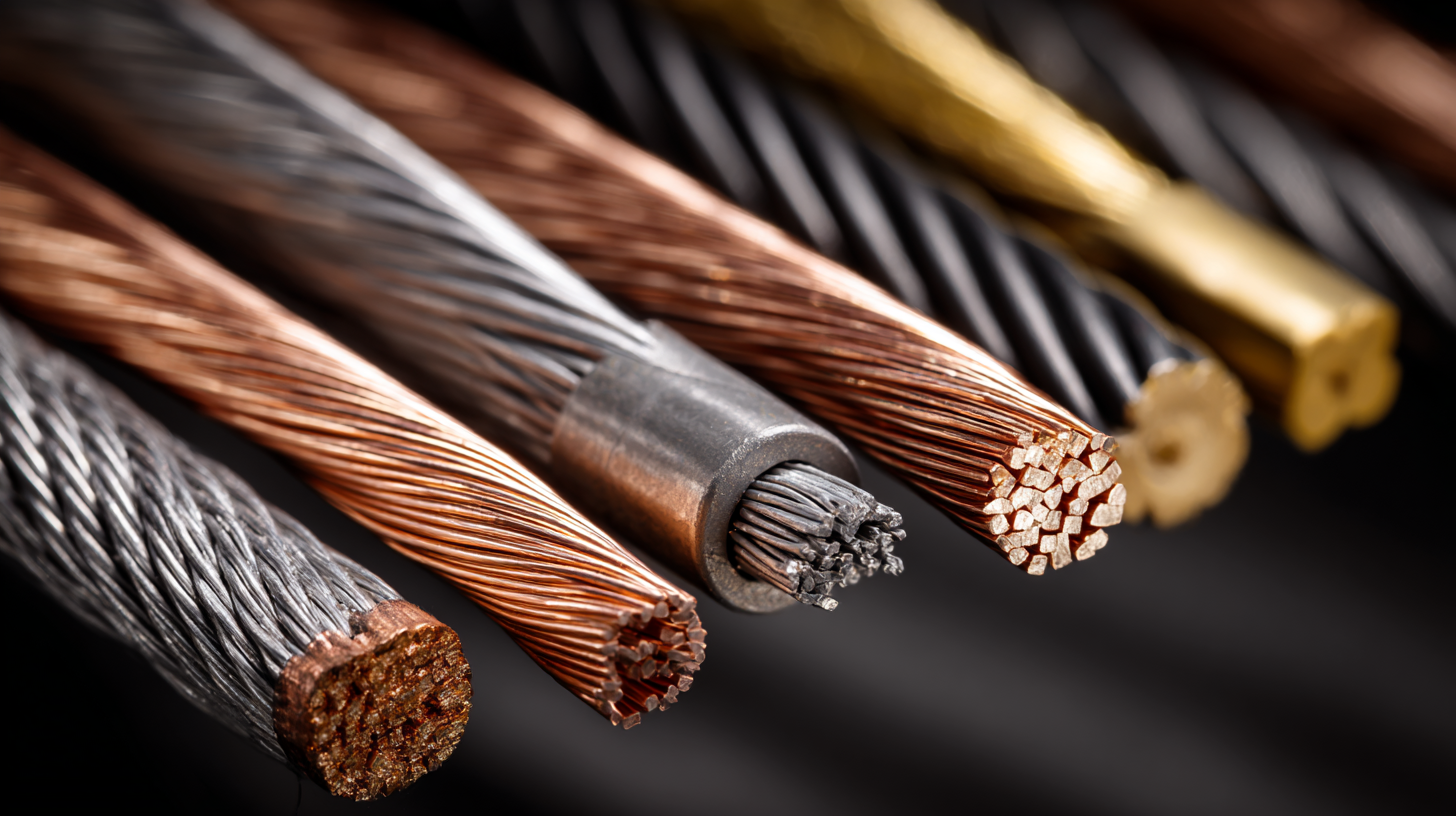
Industry Trends: The Growing Demand for High-Quality Coaxial Cables in Telecommunications
With the telecommunications industry rapidly evolving, the demand for high-quality coaxial cables has surged. These cables are essential for ensuring robust data transmission and reliability across various applications. As businesses adapt to the increasing need for high-speed connectivity, investing in top-notch coaxial cables is becoming paramount. Industry advancements are pushing manufacturers to innovate, focusing on durability, performance, and enhanced signal quality.
Tip 1: When sourcing coaxial cables, consider factors such as cable construction, shielding effectiveness, and frequency rating, as these elements significantly impact performance and reliability.
The global market trends highlight a significant growth trajectory, with the patch panel segment projected to expand from $1.28 billion in 2024 to $2.78 billion by 2032. This indicates a broader shift towards improved infrastructure supporting high-definition broadcasting and internet services.
Tip 2: Always select reputable suppliers who provide comprehensive specifications for their coaxial cables, ensuring compliance with the latest industry standards to avoid potential issues down the line.
As we move into a more interconnected future, the importance of sourcing high-quality coaxial cables cannot be overstated. The rise of technologies such as cloud computing and 5G will further accentuate this need, making it crucial for businesses to stay ahead of the curve.
Tip 3: Regularly review and adapt your sourcing strategy based on emerging technologies and market demands to ensure your telecommunications infrastructure remains competitive.
Top Manufacturers to Consider: Insights on Reliability and Innovation in Coaxial Cable Production
When sourcing high-quality coaxial cables for your business needs, selecting the right manufacturer is crucial. Reliability and innovation are key factors that set the best manufacturers apart in a competitive market. Companies like Belden and Amphenol have established themselves as leaders in coaxial cable production, offering a wide range of products designed to meet various industry standards. Their commitment to quality ensures that the cables can withstand demanding environments, while their innovative approaches, such as enhanced shielding and advanced materials, improve performance and longevity.
In addition to these well-known giants, emerging manufacturers are making significant strides in coaxial cable technology. Companies like K wisely focus on sustainability and eco-friendly practices, catering to a market increasingly concerned with environmental responsibility. By investing in research and development, these manufacturers are introducing cutting-edge designs that not only enhance signal quality but also cater to the unique needs of modern businesses. Selecting a manufacturer that combines reliability with forward-thinking innovation will significantly impact your operations, ultimately leading to greater efficiency and customer satisfaction.
The Ultimate Guide to Sourcing High-Quality Coaxial Cables for Your Business Needs - Top Manufacturers to Consider: Insights on Reliability and Innovation in Coaxial Cable Production
| Manufacturer Type | Average Lead Time (Days) | Quality Rating (Out of 5) | Specialization Area | Innovation Index (Out of 10) |
|---|---|---|---|---|
| Large-scale Manufacturer | 30 | 4.8 | Standard Coaxial Cables | 8 |
| Mid-sized Manufacturer | 15 | 4.5 | High-Frequency Cables | 9 |
| Small-scale Manufacturer | 10 | 4.0 | Custom Cables | 7 |
| Specialty Manufacturer | 25 | 4.9 | RF Cables | 10 |
Best Practices for Sourcing Coaxial Cables: Establishing Supplier Relationships and Negotiation Tactics
When sourcing high-quality coaxial cables for your business, establishing strong supplier relationships and employing effective negotiation tactics are essential steps to ensure a resilient supply chain. According to recent industry reports, organizations are increasingly shifting towards strategic sourcing to optimize their supply chains and build stronger, more sustainable supplier networks. This is not just a trend but a necessity in today’s competitive business environment.
One of the best practices for sourcing coaxial cables is to prioritize local suppliers. This approach not only reduces lead times but also enhances flexibility in your supply chain. A recent report indicates that companies that focus on local sourcing can mitigate risks associated with global disruptions, which have become increasingly apparent post-pandemic. When negotiating with suppliers, aim for win-win scenarios that foster long-term partnerships. This entails thorough research into suppliers’ capabilities to ensure alignment with your quality needs and sustainability goals.
Tip: Before entering negotiations, conduct a comprehensive assessment of potential suppliers’ past performance and reputation in the market. Building on solid data will empower your negotiation strategy. Additionally, consider implementing a dual-supplier strategy to diversify your risk and ensure a steady supply of quality coaxial cables.
Sourcing High-Quality Coaxial Cables: Key Factors Influencing Quality
Related Posts
-

Ultimate Guide to Cable and Harness Assembly Solutions for Global Procurement Success
-

Innovative Electrical Harness Solutions for Automotive Challenges in Global Supply Chains
-
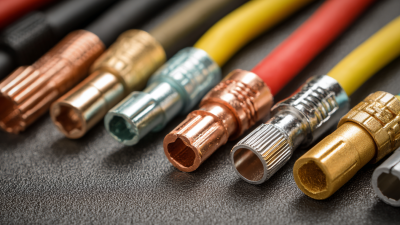
The Ultimate Guide to Choosing the Right Electrical Wire Connector for Your Projects
-

Innovative Applications of Best Wire Assemblies in Aerospace Industry
-

How to Select the Right Wire Assemblies for Your Global Supply Chain Needs
-
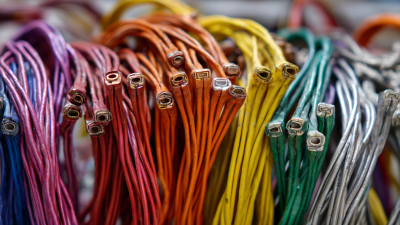
2025 Market Insights: 5 Essential Tips for Succeeding in Best Wire Harness Assembly
© 2023 JEM Electronics, Inc. – United States Cable Assembly. All rights reserved.
